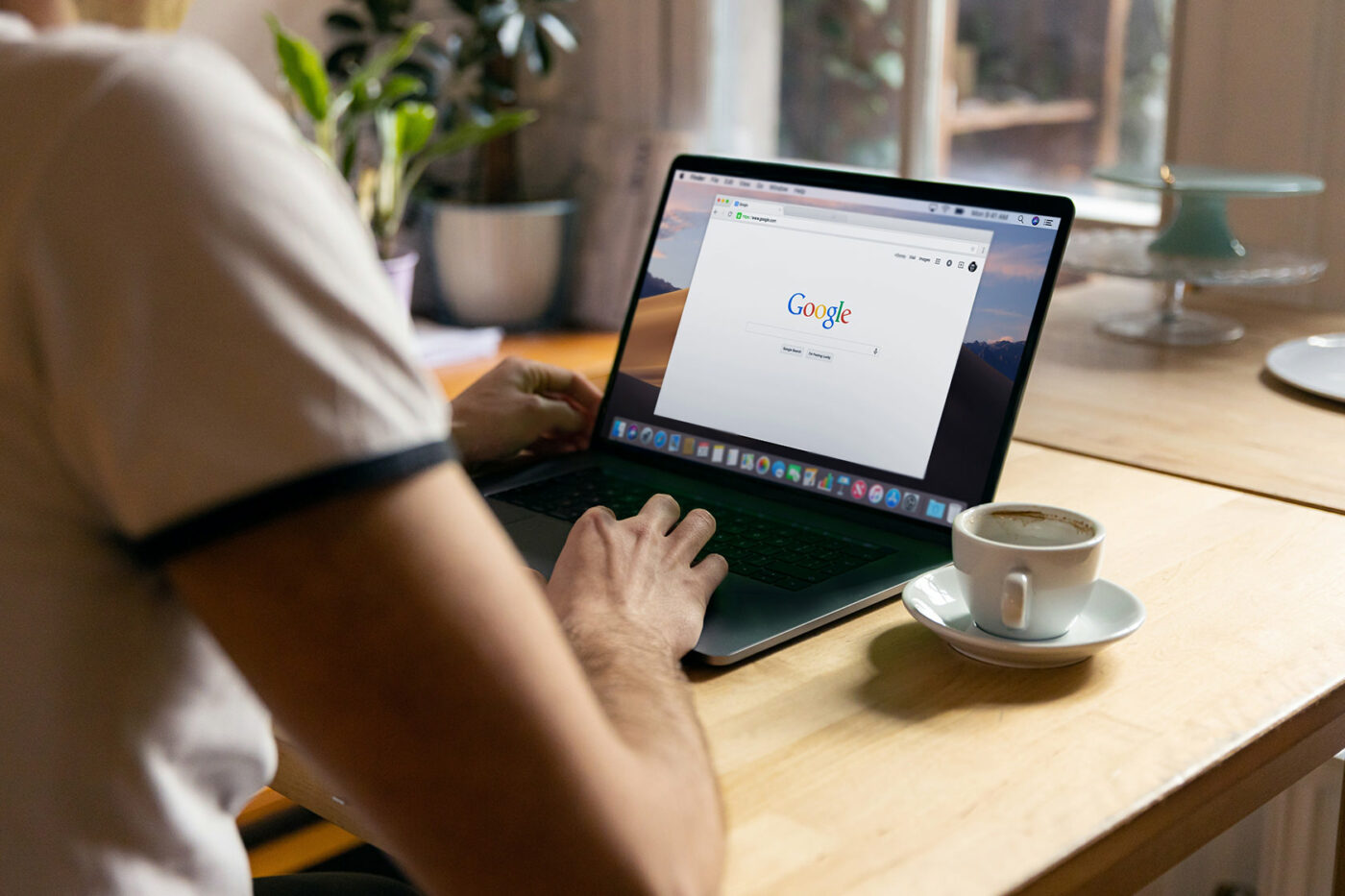Many marketers and agencies rely heavily on third-party cookies to power their audience targeting strategy. Since Google announced that it will be removing third-party cookies from Chrome in 2022, many marketers are scrambling to understand exactly what this means for their marketing plans.
As this is such a big focus for marketers in 2021, we have compiled a list of some of the most frequently asked questions in regards to programmatic advertising and the deprecation of third-party cookies.
What is currently happening with the deprecation of third-party cookies?
Google announced that at some point in 2022, they will be removing third-party cookies from Chrome, which is used by over 60% of the internet population as their default browser.
Why is Google removing third-party cookies?
Many different browsers have already made adjustments to their privacy settings, in an effort to give consumers more control over their privacy on the internet. This focus on privacy has come to the forefront of marketing in 2021, as privacy legislation continues to support consumer privacy as well, with GDPR and CCPA having already taken effect.
What is the difference between first- and third-party data?
First-party cookies are owned by the publisher or website owner, whereas third-party cookies are owned by a third-party. Third-party cookies are used by marketers for personalization, audience targeting, measurement, and attribution.
Will CPMs increase when cookies go away?
Yes. As cookies disappear, marketers are going to be going directly to publishers to set up PMP’s (Private Marketplaces) or direct buys, which means less inventory will be available on programmatic. For key publishers like Financial Times or BBC, their CPM’s are going to go through the roof. However, this does open up access to other unique niche publishers that those marketers aren’t going to, where we will still be able to find efficiencies.
How is second-party data being affected by this change?
As soon as this announcement was made public, publishers were one of the first players to make use of their second-party data. They were looking at their first-party data and looking for ways to monetize it. Second-party data is a great alternative to third-party data, and something that marketers should explore this year as an alternative solution for targeting.
If first-party cookies are not going away, why would remarketing or retargeting ads not be allowed to continue?
In a way, it isn’t. Usually to run a campaign, you have a DSP pixel. If I’m using a pixel from DV360 to track that user to then remarket them, that’s third-party.
However, if I’m measuring that user coming on to my website through my Google Analytics and through Floodlight, I can actually use that Floodlight ID, which is first-party data because I own the analytics, and then I could translate that data into the DSP for remarketing. How you capture that data will define if it’s first or third party.
Google claims that they can target with 85% certainty. How does programmatic advertising compare to Google paid search campaigns?
There is no doubt that Google has an awesome set of data, and making claims about their accuracy is only supporting their walled garden. They are one of the largest search engines in the world, so they know what people want, in real time, based on the keywords and search behavior of users. It’s unknown whether in-market audiences and search audiences will still be available in the future. But the data that they have, especially when it comes to search is super relevant.
Contextual targeting is great, and it’s relevant. But just because I see an ad in a contextually relevant placement doesn’t necessarily mean I’m in the market for that product, which is very key. The benefit of Google is that they actually have access to this data, so they know when I’m about to have a baby, when I’m about to get married, buy a house, or get a car. They have a huge set of rich data, which we should still be able to access after the removal of third-party cookies in 2022.
Will Geofencing be impacted?
No, geofencing will not be impacted. Geofencing relies on probabilistic location data via ad logs, and will not be affected by the loss of third-party cookies.
How can I increase my first-party data now?
For agencies or brands without a large amount of first-party data, 2021 is the time to really focus on growing this as much as possible. There are a few things you can do to gather more first-party data. Build marketing campaigns that are driving towards newsletter signups or content downloads, anything that can help you gather emails. Add in contextual targeting, probabilistic matching, and building inclusion lists of sites that are performing well. Gather as much data as you can to understand who is converting so you can continue reaching them in the future.
Interested in learning more about the impact of the deprecation of third-party cookies? Watch our in-depth webinar on demand now.
Get the Guide: 5 Steps to Prepare for the Loss of Third-Party Cookies
In preparation for what’s to come, we’ve created a guide with 5 ways to plan your programmatic advertising strategy without the use of third-party cookies.
Fill out the form below to download the guide.

